Since Aurora shooting, 387 have been killed in 78 U.S. mass murders

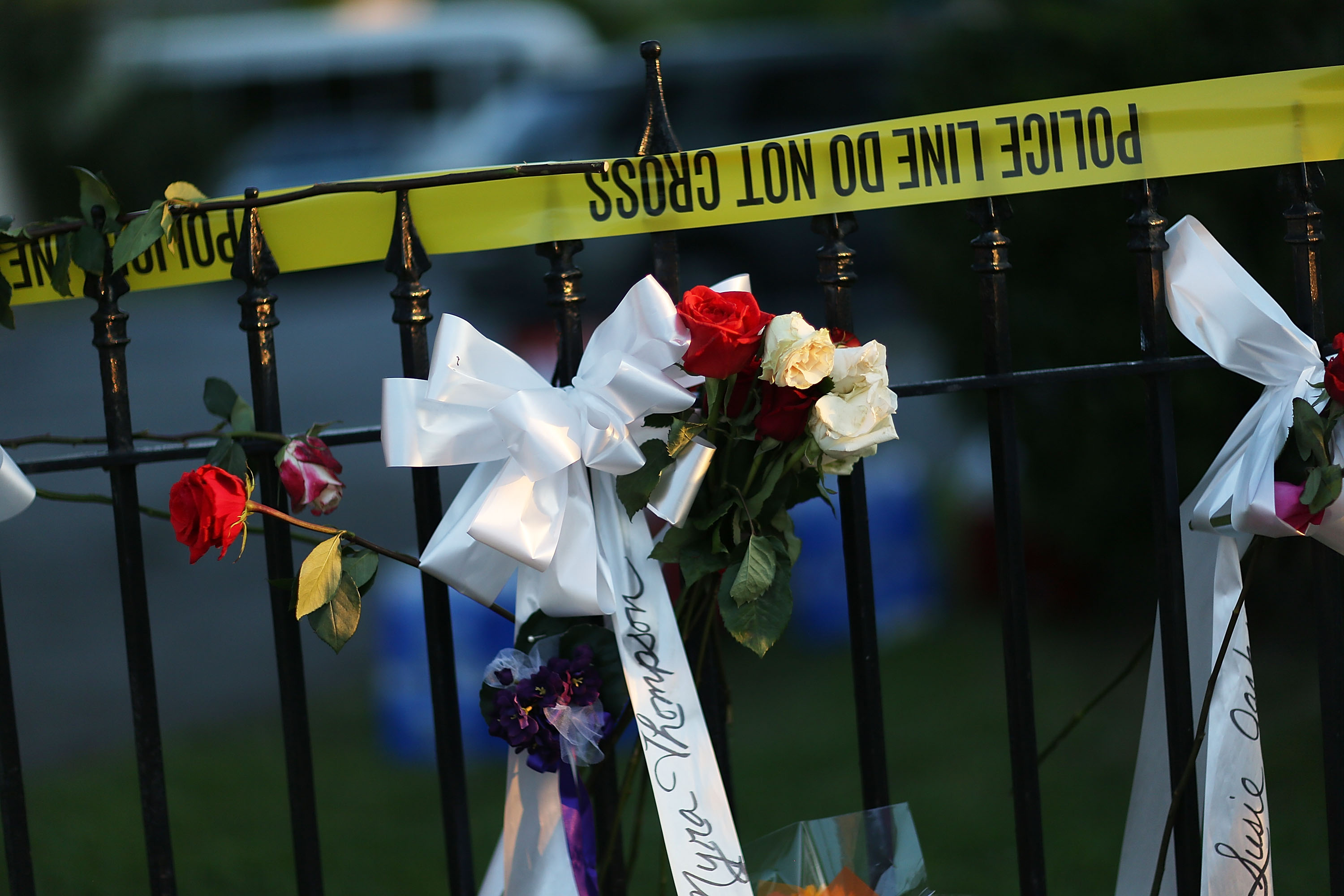
On the same day that a 24-year-old Kuwaiti-American named Mohammod Youssuf Abdulazeez apparently killed four Marines in Chattanooga, Tennessee, a jury in Colorado convicted James Holmes, now 27, of the murder of 12 people in an Aurora movie theater in July 2012. Such incidents are, sadly, not nearly uncommon enough. According to a USA Today tally, 387 people have been murdered in 78 mass killings since Holmes' attack on defenseless people trying to peacefully watch a Batman movie; 119 of the victims were children.
USA Today defines mass killings as those with at least four victims, not counting the attacker. One such attack has taken place about every two weeks in the U.S. since the newspaper began keeping track in 2006. The most recent number, 387, includes Thursday's Chattanooga killings — plus 14 other massing killings this year — and 63 or the 78 tallied mass killings involved guns, usually handguns. Read more about the grim numbers at USA Today.
A free daily email with the biggest news stories of the day – and the best features from TheWeek.com
The Week
Escape your echo chamber. Get the facts behind the news, plus analysis from multiple perspectives.

Sign up for The Week's Free Newsletters
From our morning news briefing to a weekly Good News Newsletter, get the best of The Week delivered directly to your inbox.
From our morning news briefing to a weekly Good News Newsletter, get the best of The Week delivered directly to your inbox.
Peter has worked as a news and culture writer and editor at The Week since the site's launch in 2008. He covers politics, world affairs, religion and cultural currents. His journalism career began as a copy editor at a financial newswire and has included editorial positions at The New York Times Magazine, Facts on File, and Oregon State University.
-
 Sudoku: January 2026
Sudoku: January 2026Puzzles The daily medium sudoku puzzle from The Week
-
 Political cartoons for January 13
Political cartoons for January 13Cartoons Tuesday’s political cartoons include a rocky start, domestic threats, and more
-
 Judge clears wind farm construction to resume
Judge clears wind farm construction to resumeSpeed Read The Trump administration had ordered the farm shuttered in December over national security issues
-
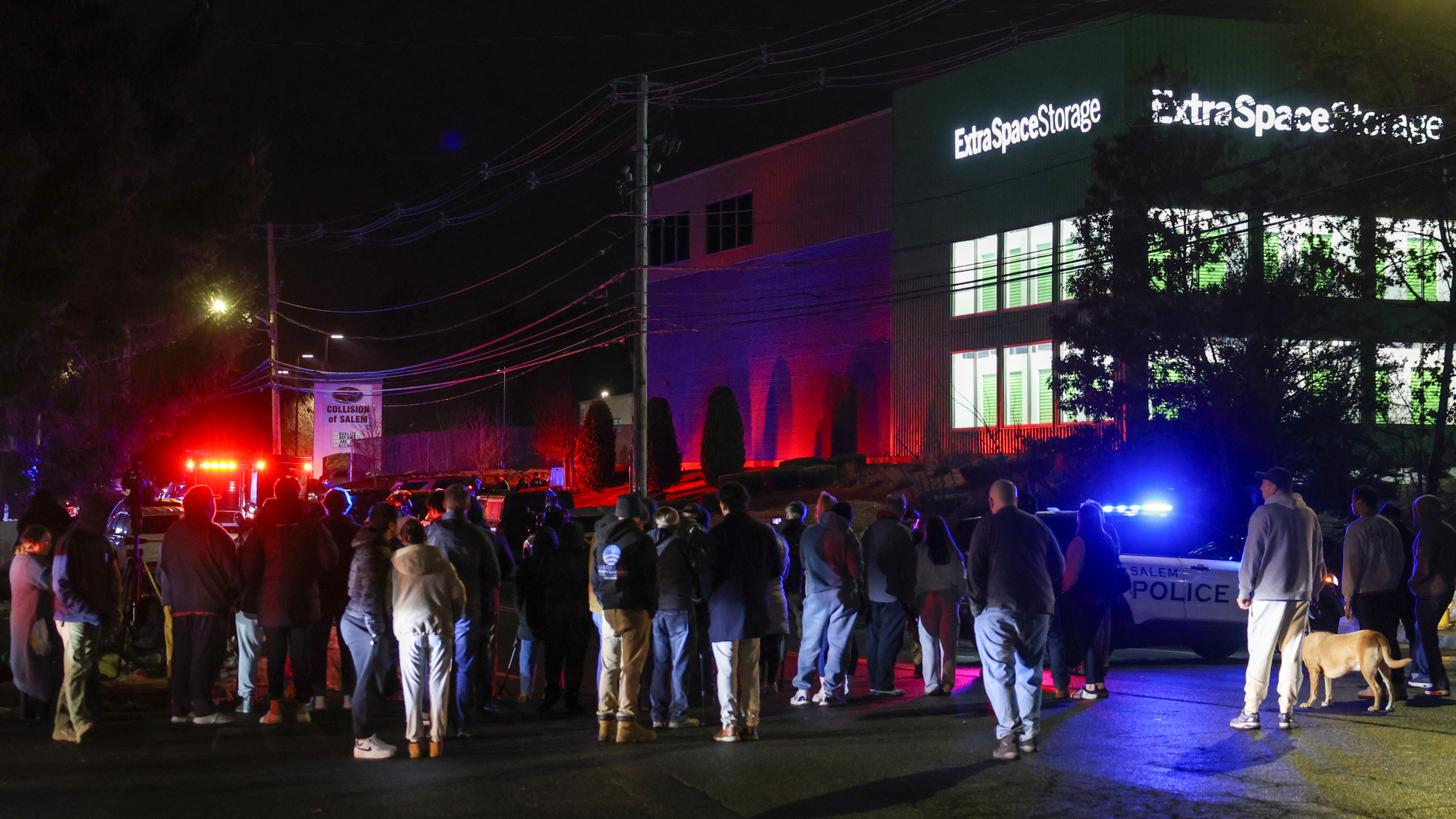 Sole suspect in Brown, MIT shootings found dead
Sole suspect in Brown, MIT shootings found deadSpeed Read The mass shooting suspect, a former Brown grad student, died of self-inflicted gunshot wounds
-
 France makes first arrests in Louvre jewels heist
France makes first arrests in Louvre jewels heistSpeed Read Two suspects were arrested in connection with the daytime theft of royal jewels from the museum
-
 Trump pardons crypto titan who enriched family
Trump pardons crypto titan who enriched familySpeed Read Binance founder Changpeng Zhao pleaded guilty in 2023 to enabling money laundering while CEO of the cryptocurrency exchange
-
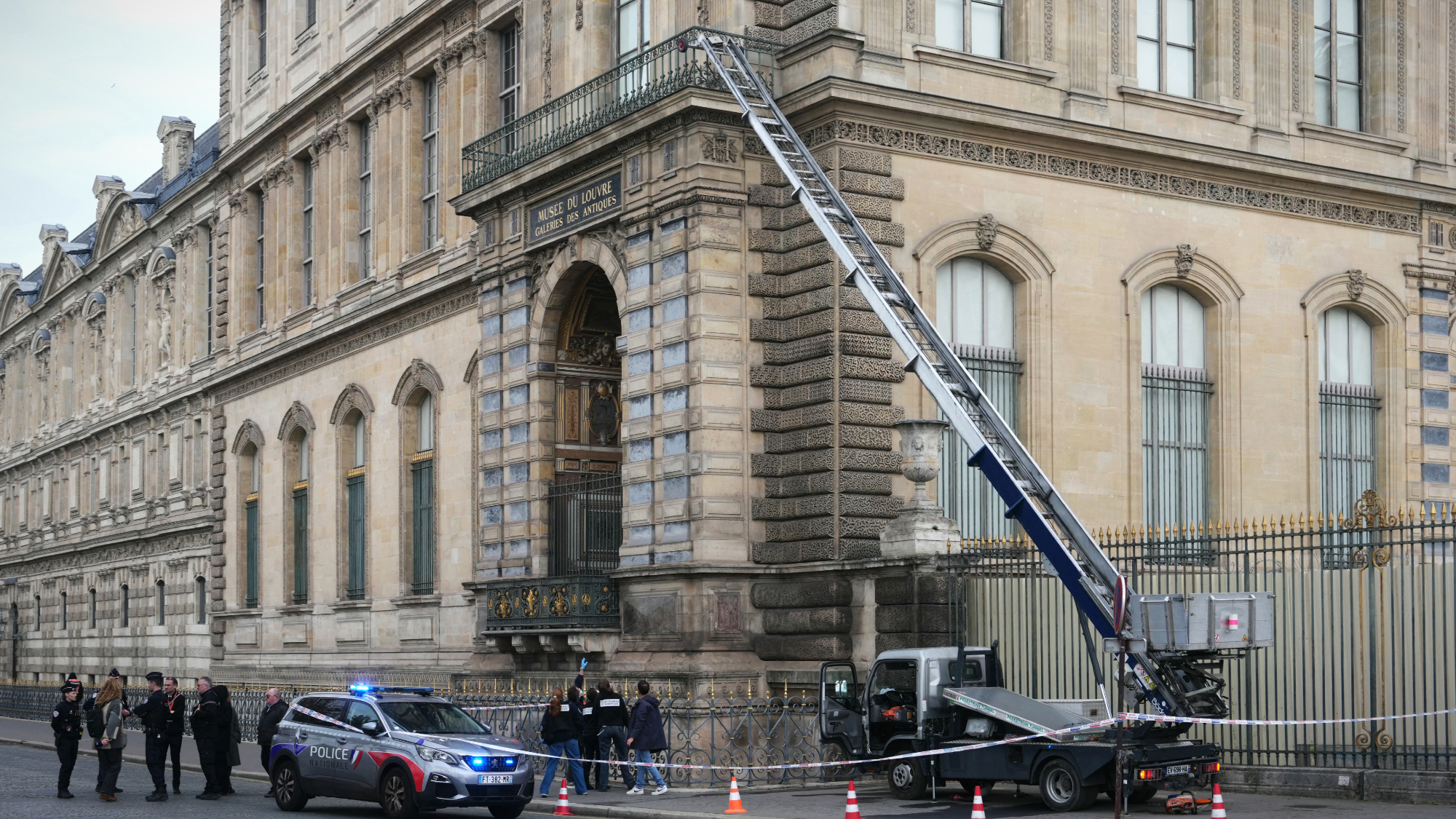 Thieves nab French crown jewels from Louvre
Thieves nab French crown jewels from LouvreSpeed Read A gang of thieves stole 19th century royal jewels from the Paris museum’s Galerie d’Apollon
-
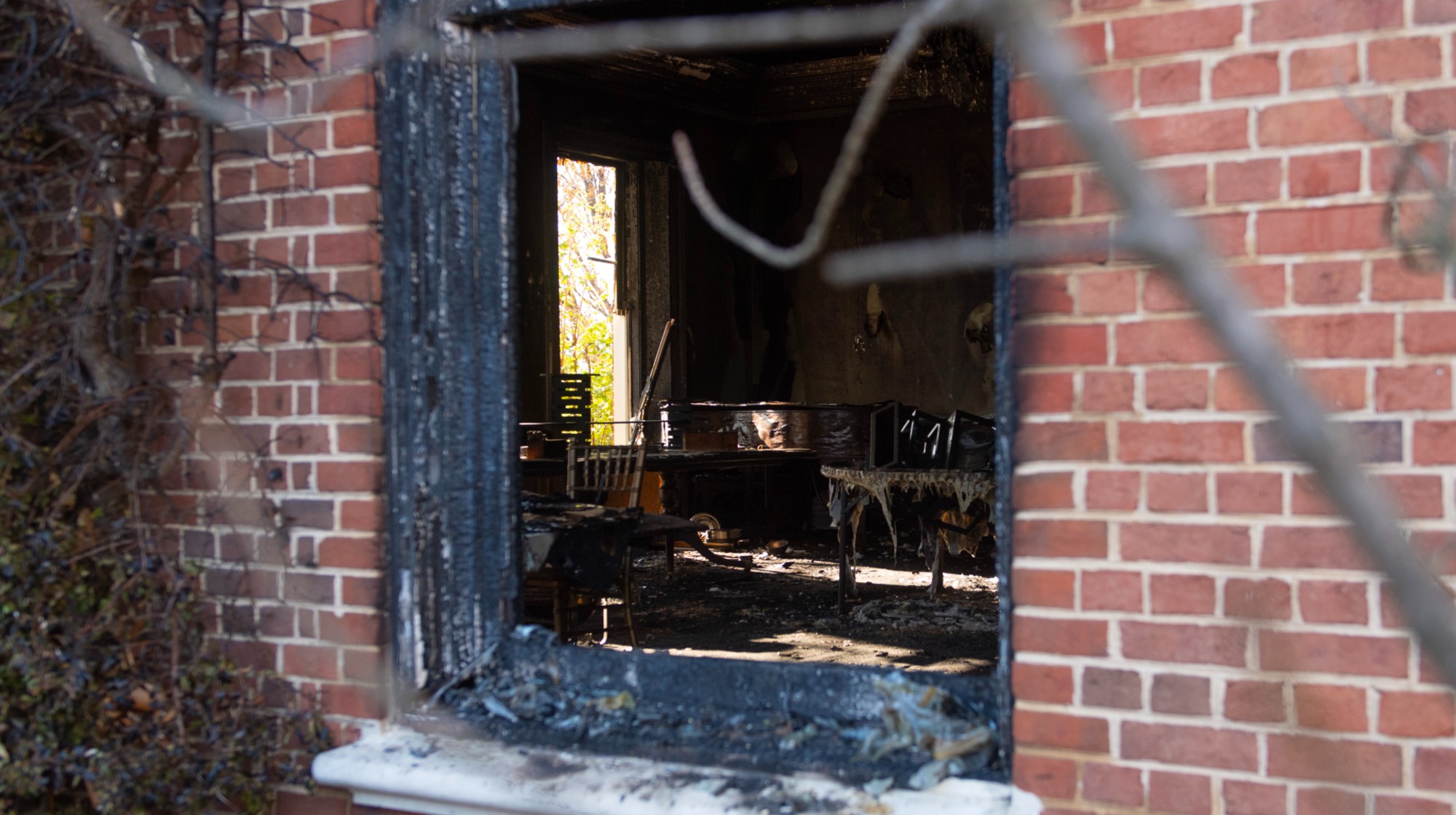 Arsonist who attacked Shapiro gets 25-50 years
Arsonist who attacked Shapiro gets 25-50 yearsSpeed Read Cody Balmer broke into the Pennsylvania governor’s mansion and tried to burn it down
-
 Man charged over LA’s deadly Palisades Fire
Man charged over LA’s deadly Palisades Firespeed read 29-year-old Jonathan Rinderknecht has been arrested in connection with the fire that killed 12 people
-
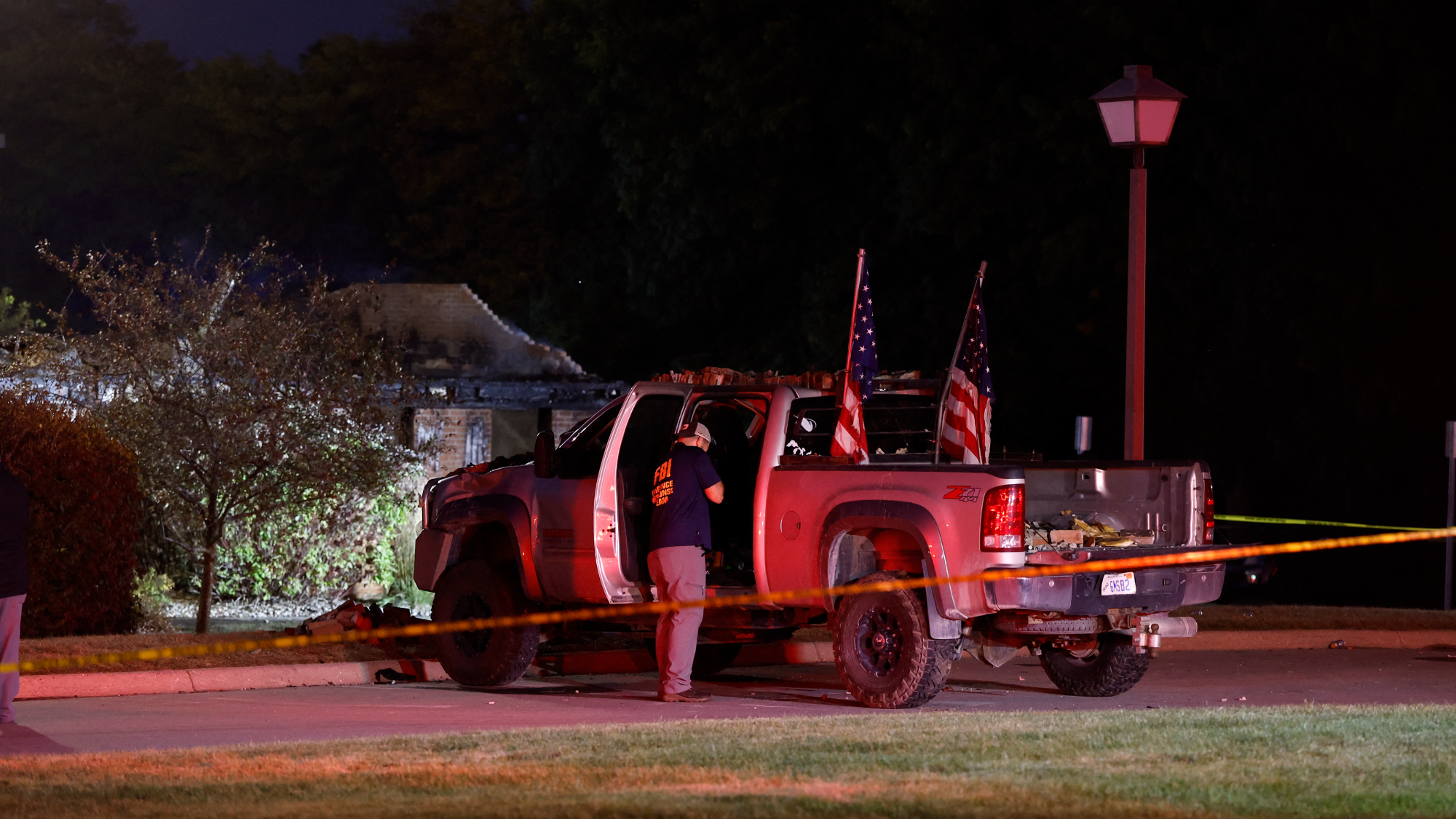 4 dead in shooting, arson attack in Michigan church
4 dead in shooting, arson attack in Michigan churchSpeed Read A gunman drove a pickup truck into a Mormon church where he shot at congregants and then set the building on fire
-
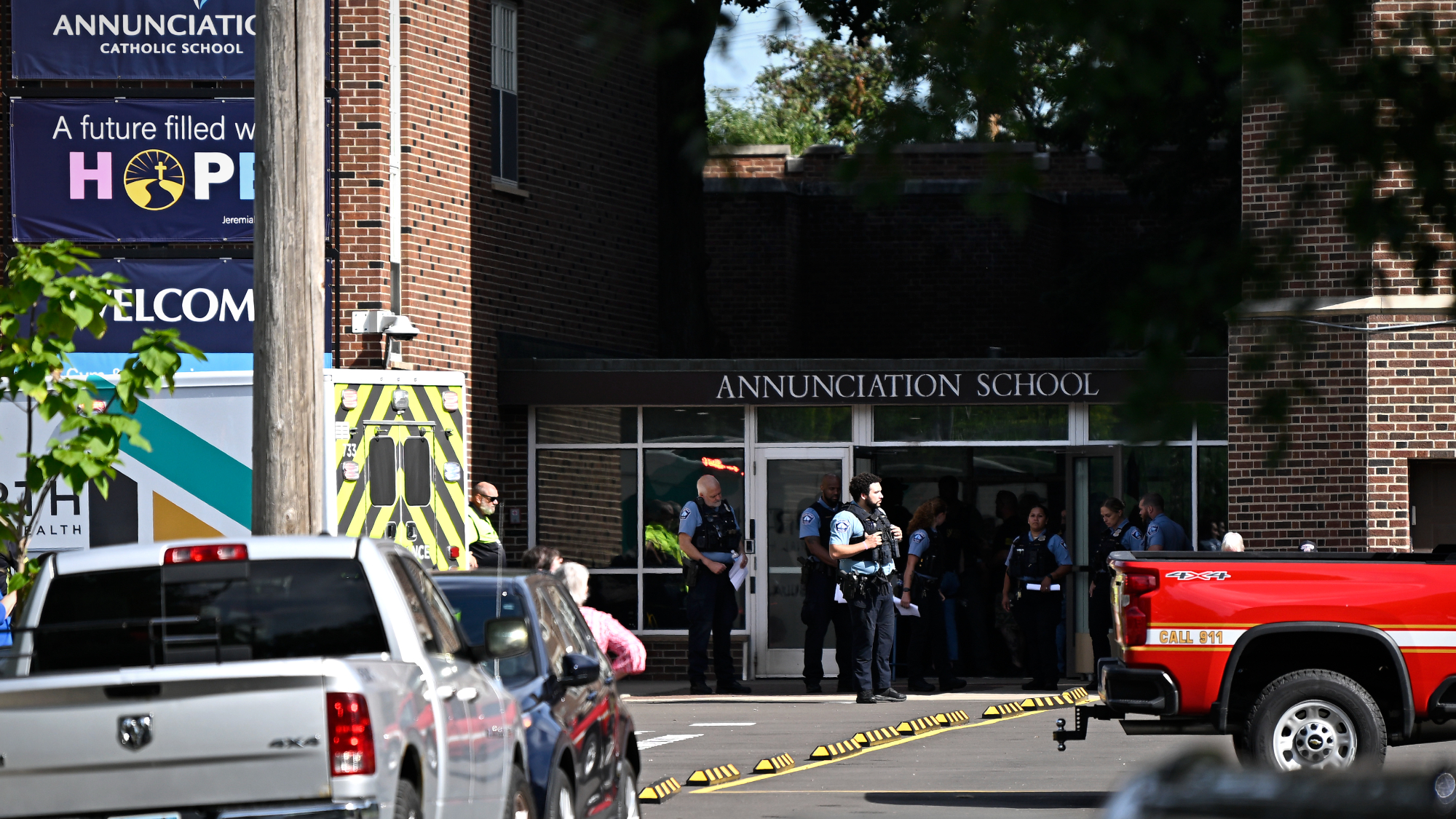 2 kids killed in shooting at Catholic school mass
2 kids killed in shooting at Catholic school massSpeed Read 17 others were wounded during a morning mass at the Annunciation Catholic School in Minneapolis
